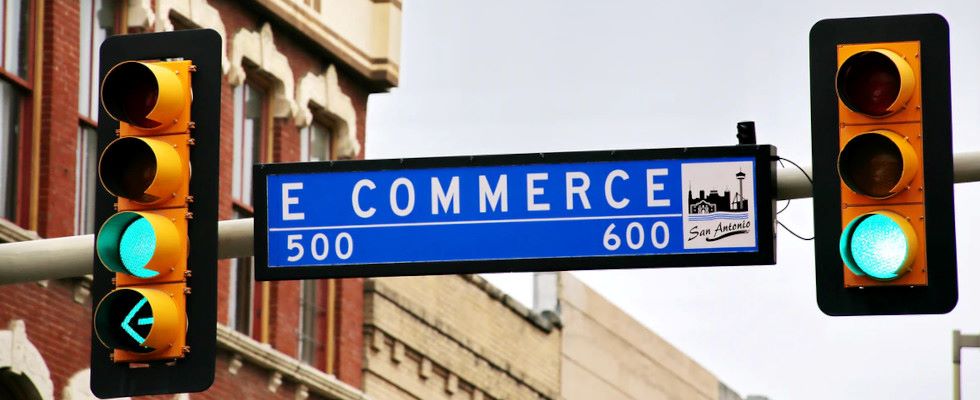The agreement promoted by Beijing reduces tariffs and sets common trade rules. It covers trade, services, investment, telecommunications and copyright, the DPA agency wrote. The size of the pact exceeds the treaty between the United States, Mexico and Canada, as well as the European Union.
The agreement was signed by the countries on the sidelines of the Association of Southeast Asian Nations (ASEAN) summit in the Vietnamese capital Hanoi. According to ING economist Iris Pang, ING could help China reduce its dependence on overseas markets and technology, Reuters reported.
“I am pleased to say that after eight years of hard work, we have officially completed the signing of the RCEP negotiations today,” commented Vietnamese Prime Minister Nguyen Xuan Phuc.
–
“The conclusion of the RCEP negotiations, the largest free trade agreement in the world, will strongly confirm ASEAN’s leading role in supporting the multilateral trading system. The new business structure in the region will enable sustainable trade, revitalize supply chains disrupted by covid-19 and help the economy recover from the pandemic, “added the Vietnamese prime minister.
Among other things, the reduction of already low tariffs, the strengthening of supply chains through shared rules and the introduction of new and shared rules for e-commerce should help the economy recover.
The agreement covers states with a population of 2.2 billion and a total gross domestic product of $ 26.2 trillion (CZK 585 trillion), the Bloomberg agency wrote. India, which opposed last year’s ASEAN summit, is not a member of the newly formed economic entity. It claimed that its trade deficit with China would increase once the market was opened. However, the agreement contains a clause allowing Delhi to accede later.
The country has yet to ratify the treaty
“For Czech and other European companies, RCEP is an opportunity and a threat. It can increase the demand in the Member States for Czech subcontracts used for re-export in the form of the final product to countries that have co-signed the agreement. At the same time, however, there is a risk that the RCEP signatories will start trading more with each other and reduce imports. European companies have another reason to move production to Asia, because there is a huge duty-free market, “explains Luděk Procházka, director of Gerlach, which is the largest Czech provider of customs services.
In order for the RCEP to enter into force, it has yet to be ratified by six ASEAN members and three ASEAN partner countries. Singapore, for example, plans to do so “within a few months”.
According to the BBC, the now signed convention is an alternative to the Trans-Pacific Partnership (TPP), which was signed by twelve countries in 2016 but was not invited by China. On the contrary, the United States was a member of the TPP, but only until January 2017, when Donald Trump decided to withdraw from the agreement.
Although the TPP is a smaller agreement in terms of membership, it significantly reduces tariffs and provisions on labor and the environment. As the BBC points out, former Australian Prime Minister Malcolm Turnbull, who joined the country to the TPP, said he had little ambition about the now signed agreement.
– .


